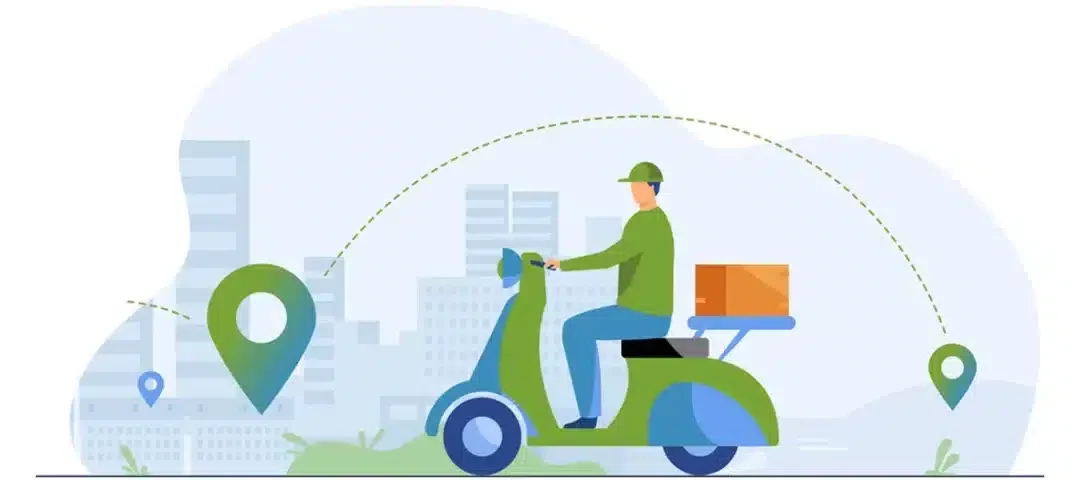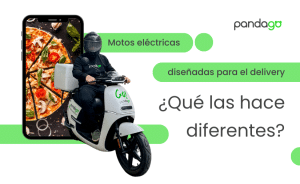In the world of logistics, the term “last mile” represents the last part of the order delivery process. That is to say, when the product is delivered to the end customer. These are the actions that take place from the time the package leaves the distribution point until it reaches the consumer’s hands.
Today, the last mile or final delivery is one of the biggest logistical challenges companies face. An estimated 50 billion deliveries between eCommerce, groceries and food delivery will have to be made in Europe by 2025 and this will require some 2 million Light Commercial Vehicles (LCVs).
Delivery times have become one of the main demands of consumers to the point that they are willing to pay a higher price for their order to arrive in a short period of time. Due to this growing “appetite” for receiving orders quickly, there is a lot of pressure on the logistics supply chain. This makes the last mile one of the most vital stages in the delivery process.
In this environment, companies with delivery services or those dedicated to providing last-mile services to other companies are not only looking for ways to make deliveries faster, but also to optimize their routes, vehicle availability and human resources to be more efficient.
Trust in us




What are the challenges facing last-mile logistics in Europe?
The strategic importance of the last mile is clear to companies with delivery services or those dedicated to providing this type of service to other companies, since their profitability and efficiency depend on it. The most common challenges faced in Europe are:
1. Regulatory framework
Looking ahead to 2030, the European Union’s Sustainable and Intelligent Mobility Strategy sets as milestones that at least 30 million zero-emission vehicles will be on the roads and streets and 100 EU cities will be carbon neutral. New legislation on low-emission zones and mobility restrictions for internal combustion vehicles is being enacted and implemented throughout the region.
2. Consumer requirements
Buyers increasingly expect speed in the delivery of their products or services, as well as greater flexibility in delivery schedules. One way to meet this challenge is through the use of technology for the design and optimization of an efficient supply and transportation chain.
3. Costs
Last-mile trips involve multiple stops and parking for delivery vehicles and, in the case of diesel or gasoline-powered vehicles, high fuel costs, not to mention the costs of incidents, accidents and maintenance of a fleet of vehicles of this type.
4. Data
In many cases, last-mile companies lack sufficient data to deliver effectively. This is because they do not have data sources or tools to process them.
5. Volume of deliveries
In cities such as Madrid, Paris or Rome, between 300,000 and 500,000 deliveries are made daily, figures that can multiply on special occasions such as Black Friday.
How to meet the challenges of last mile logistics in Europe?
Zero emission vehicle fleet
It is becoming increasingly common for companies to opt for agile fleets and vehicles suited to the size of delivery in urban areas. Among the vehicles that stand out are bicycles, motorcycles, tricycles, quadricycles and electric delivery vans..
Route optimization
Alternative delivery methods
Fleet Operations Management
Maintaining the fleet with high levels of availability and service (uptime) is possible thanks to software platforms integrated with the service providers, which makes it very easy to operate a multi-vehicle and multi-vendor fleet. Fleet-as-a-Service value propositions are starting to be seen.
There are multiple challenges that companies with delivery services or those dedicated to providing this type of service face regarding the last mile, and the way to tackle them involves a combination of environmentally friendly fleets of vehicles and route optimization and fleet operations management software platforms.


